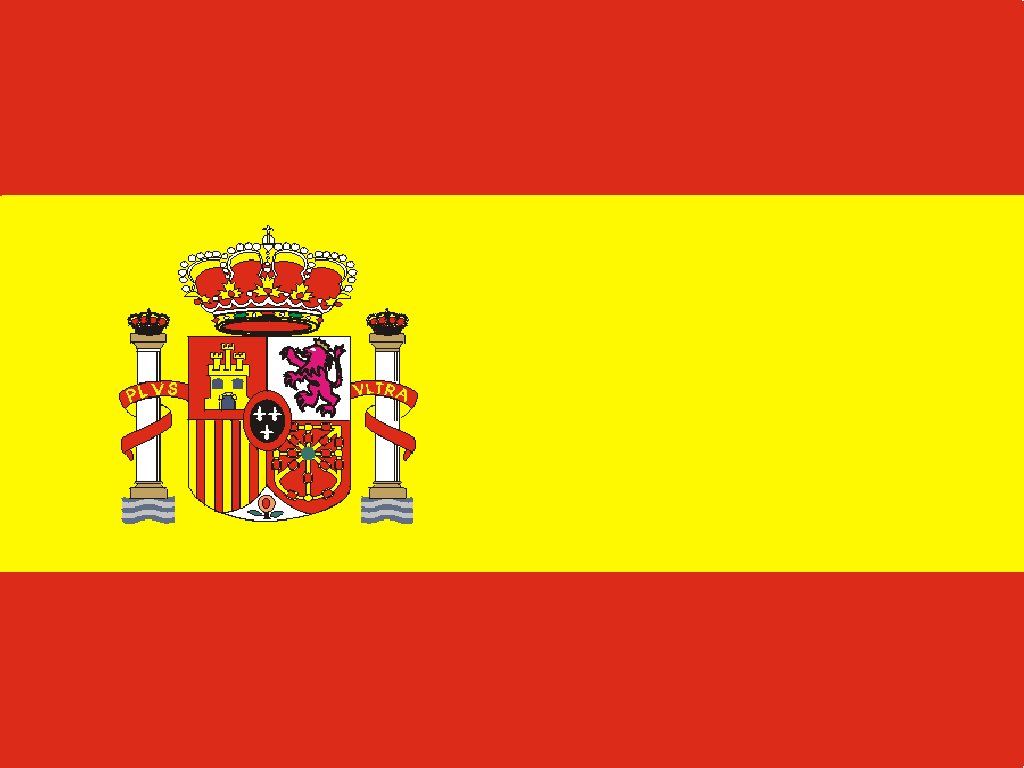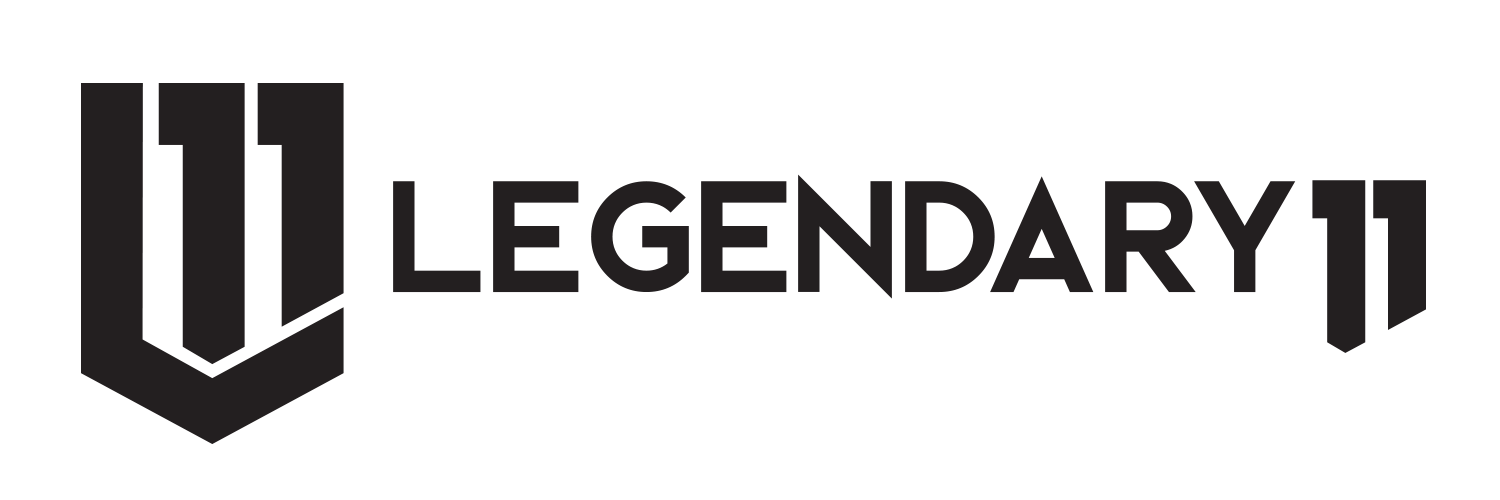The custom teddy bear market has evolved significantly from its humble beginnings of handcrafted plush toys. Today, modern technology plays a crucial role in every stage—from design and prototyping to production and personalization—allowing manufacturers to meet the growing demand for unique, high-quality, and emotionally meaningful teddy bears. Below is an exploration of the key technologies that are reshaping this creative and nostalgic market of custom teddy bears.

1. Computer-Aided Design (CAD) and 3D Modeling
At the core of customization lies precision. CAD software and 3D modeling tools enable designers to create intricate patterns and virtual prototypes of teddy bears. These technologies allow customers to preview design features such as size, color, fabric texture, stitching lines, and accessories before manufacturing begins. This step reduces error rates and enhances the alignment between customer expectations and the final product.
2. Digital Fabric Printing
For teddy bears featuring custom logos, messages, or unique patterns, digital textile printing offers an efficient and flexible solution. This method enables printing high-resolution images or text directly onto fabric, allowing for vibrant, personalized designs. Unlike traditional screen printing, digital printing supports small batch production, making it ideal for custom or limited-edition teddy bears.
3. Laser Cutting Technology
Precision cutting of plush fabric components is critical to ensure consistent bear shapes and proportions. Laser cutting machines automate this process, improving speed, accuracy, and material efficiency. This technology also allows intricate shapes—such as custom embroidery patches or logos—to be cut cleanly and quickly, aiding both aesthetics and scalability.
4. Computerized Embroidery Machines
Modern embroidery machines, driven by digital design files, are key to producing finely detailed names, dates, messages, or logos on teddy bear clothing, paws, or tags. These machines can reproduce complex customizations quickly and accurately, which is essential for personalized gift markets and corporate branding needs.
5. AI and Personalization Platforms
Artificial intelligence (AI) is used in customer-facing applications such as online teddy bear configurators. These platforms guide users through step-by-step customization: selecting fabrics, facial expressions, clothing, accessories, and even sound modules. AI enhances user experience by recommending popular combinations or predicting customer preferences based on past selections.

6. Voice Recording and Sound Modules
Adding voice to custom teddy bears is a growing trend, particularly for memorial gifts, baby announcements, or romantic messages. Voice recording chips and sound modules can be integrated into the bear's chest or paw. Newer models even use Bluetooth connectivity and memory chips for uploading longer or higher-quality audio.
7. Smart Tags and NFC Integration
Some high-end custom teddy bears come equipped with NFC (Near Field Communication) chips or QR-coded smart tags. These technologies allow customers to link the toy to digital content—such as a personalized video, an audio message, or a web-based storybook—enhancing interactivity and emotional value.
8. Automated Sewing and Soft Robotics
For scaling up production while maintaining customization, soft robotics and automated sewing machines are employed by more and more custom plush manufacturers. These systems can handle repetitive tasks with precision and consistency, enabling efficient mass customization with fewer human errors.
9. E-commerce and Order Management Systems
Behind the scenes, advanced order tracking and management systems ensure smooth coordination between design approval, production, and shipping. Integration with customer databases and CRM platforms allows for a seamless, personalized customer journey and effective post-sale engagement.

Final Words
The market for custom teddy bears has transitioned into a tech-driven niche where emotional value meets industrial efficiency. Technologies such as CAD, digital printing, AI personalization tools, and voice modules have elevated the craft to new heights—making it possible to create one-of-a-kind plush companions that resonate deeply with individuals and brands alike. As innovation continues, the teddy bear remains not just a childhood keepsake but a smart, sentimental product crafted through modern ingenuity.











Comments (0)